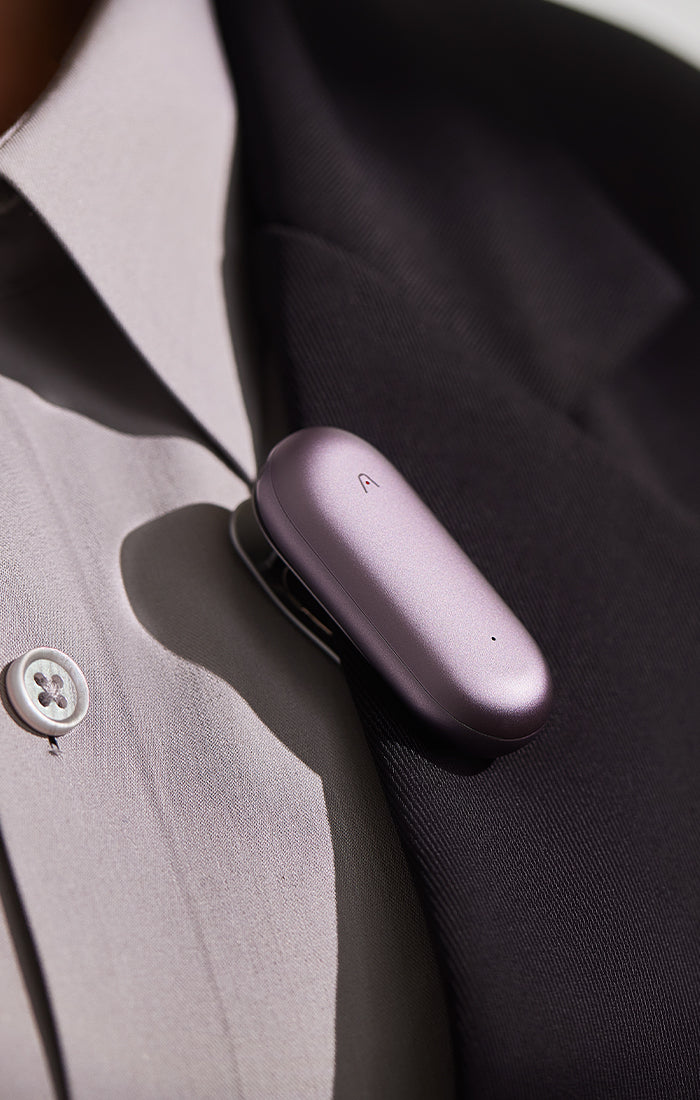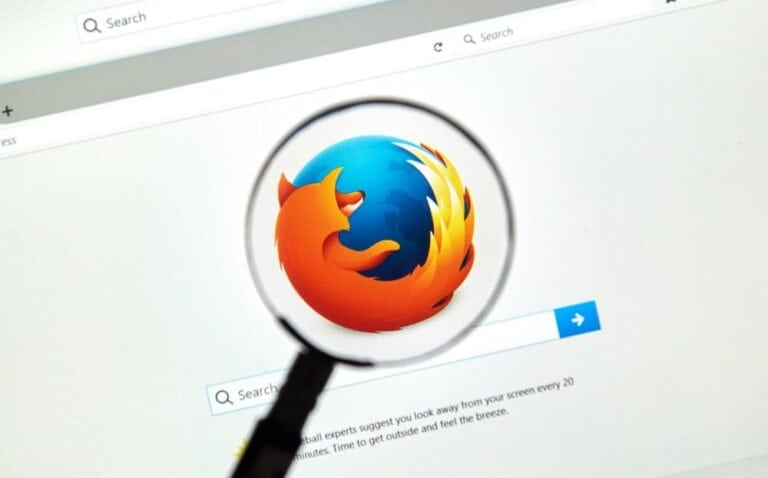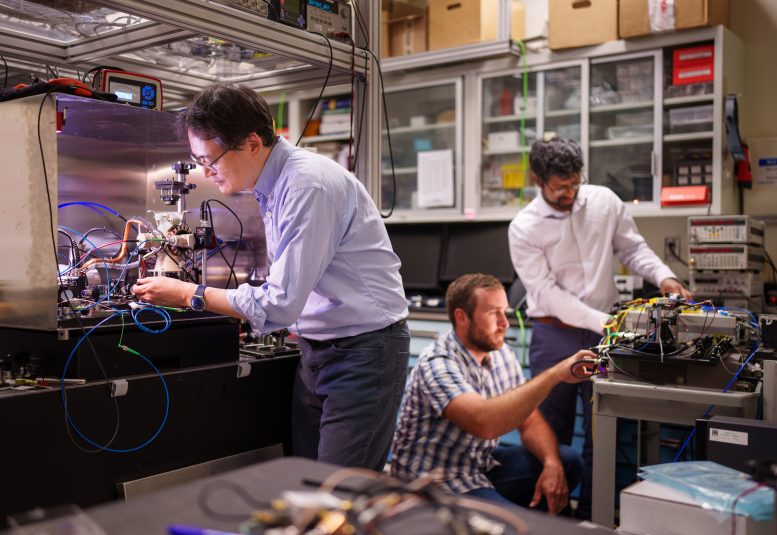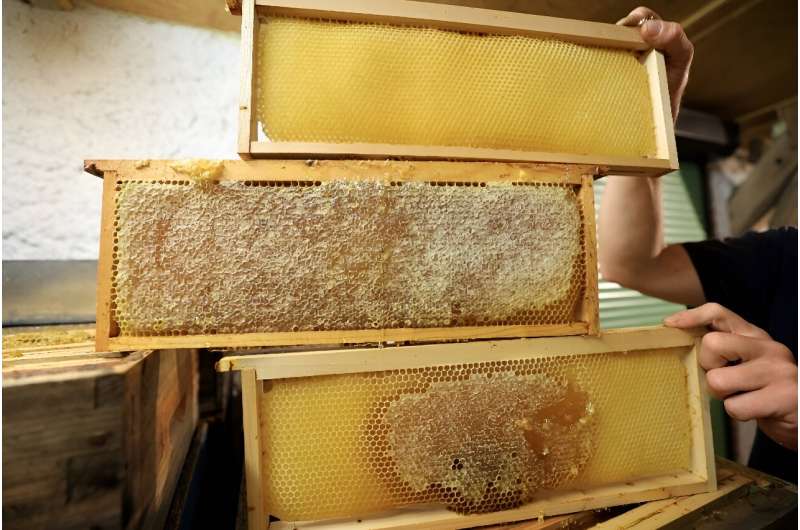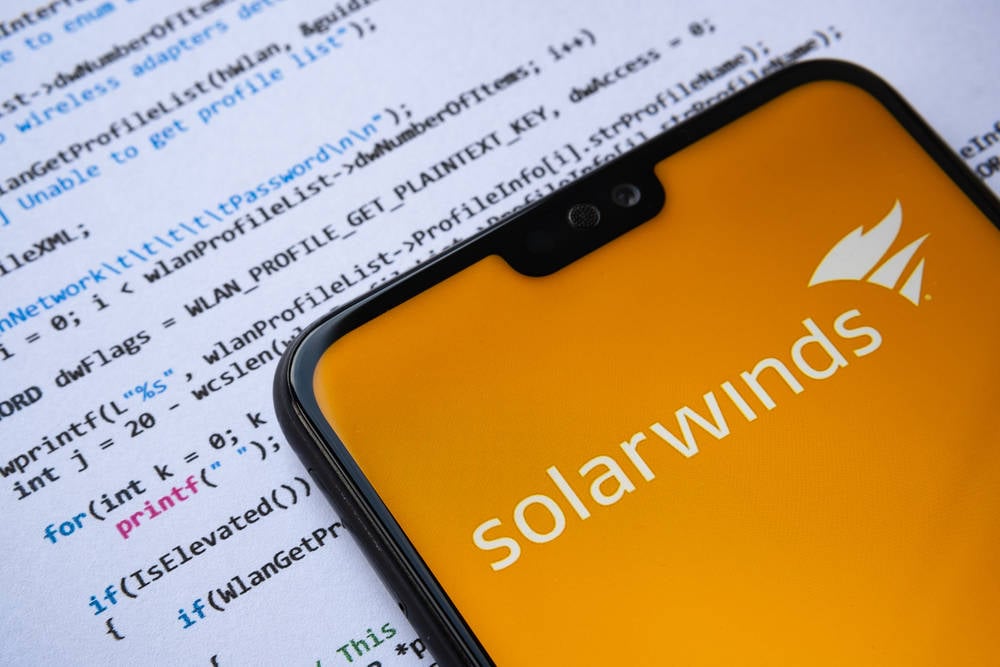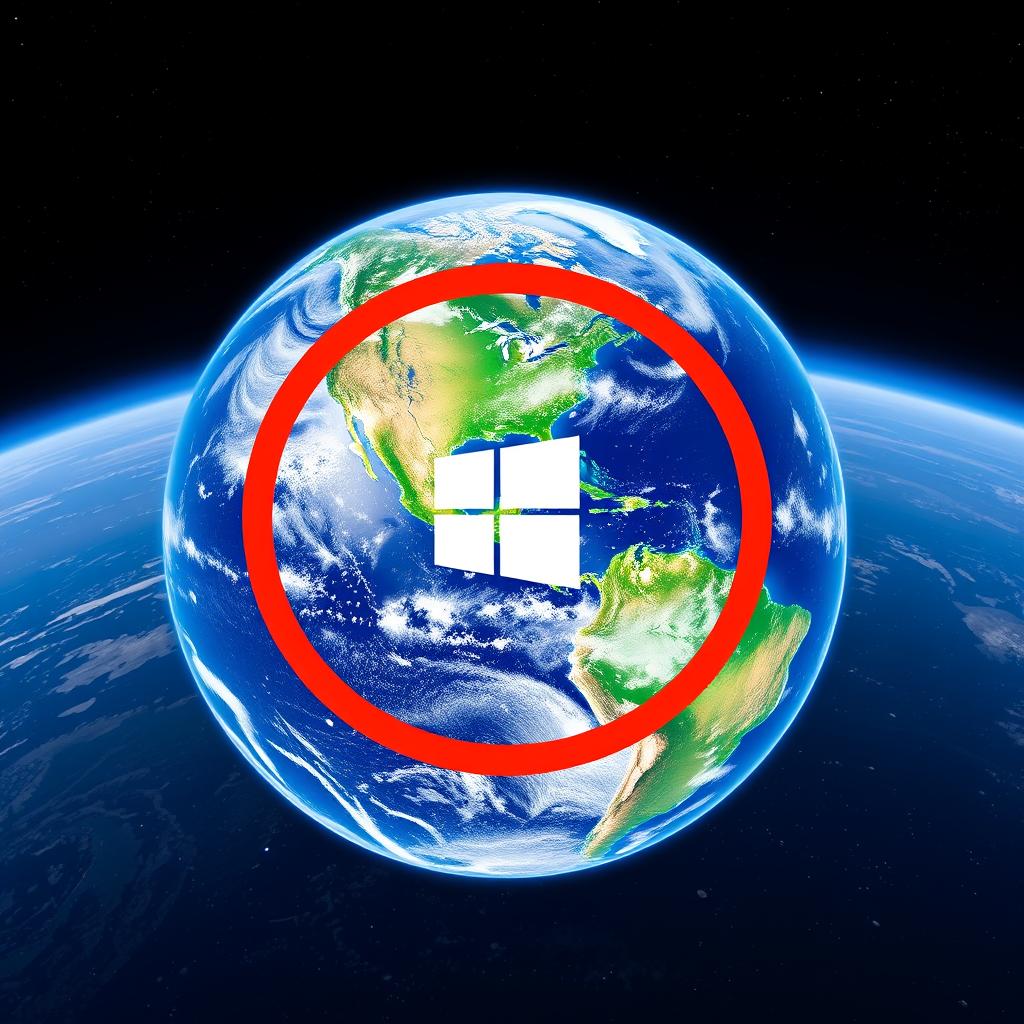Legal documents are notoriously difficult to understand, even for lawyers. This raises the question: Why are these documents written in a style that makes them so impenetrable?
MIT cognitive scientists believe they have uncovered the answer to that question. Just as “magic spells” use special rhymes and archaic terms to signal their power, the convoluted language of legalese acts to convey a sense of authority, they conclude.
In a study that will appear in the journal of the Proceedings of the National Academy of Sciences, the researchers found that even non-lawyers use this type of language when asked to write laws.
“People seem to understand that there’s an implicit rule that this is how laws should sound, and they write them that way,” says Edward Gibson, an MIT professor of brain and cognitive sciences and the senior author of the study.
Eric Martinez PhD ’24 is the lead author of the study. Francis Mollica, a lecturer at the University of Melbourne, is also an author of the paper.
Casting a legal spell
Gibson’s research group has been studying the unique characteristics of legalese since 2020, when Martinez came to MIT after earning a law degree from Harvard Law School. In a 2022 study, Gibson, Martinez, and Mollica analyzed legal contracts totaling about 3.5 million words, comparing them with other types of writing, including movie scripts, newspaper articles, and academic papers.
That analysis revealed that legal documents frequently have long definitions inserted in the middle of sentences — a feature known as “center-embedding.” Linguists have previously found that this kind of structure can make text much more difficult to understand.
“Legalese somehow has developed this tendency to put structures inside other structures, in a way which is not typical of human languages,” Gibson says.
In a follow-up study published in 2023, the researchers found that legalese also makes documents more difficult for lawyers to understand. Lawyers tended to prefer plain English versions of documents, and they rated those versions to be just as enforceable as traditional legal documents.
“Lawyers also find legalese to be unwieldy and complicated,” Gibson says. “Lawyers don’t like it, laypeople don’t like it, so the point of this current paper was to try and figure out why they write documents this way.”
[…]
“We thought it was plausible that what happens is you start with an initial draft that’s simple, and then later you think of all these other conditions that you want to include. And the idea is that once you’ve started, it’s much easier to center-embed that into the existing provision,” says Martinez, who is now a fellow and instructor at the University of Chicago Law School.
However, the findings ended up pointing toward a different hypothesis, the so-called “magic spell hypothesis.” Just as magic spells are written with a distinctive style that sets them apart from everyday language, the convoluted style of legal language appears to signal a special kind of authority, the researchers say.
[…]






